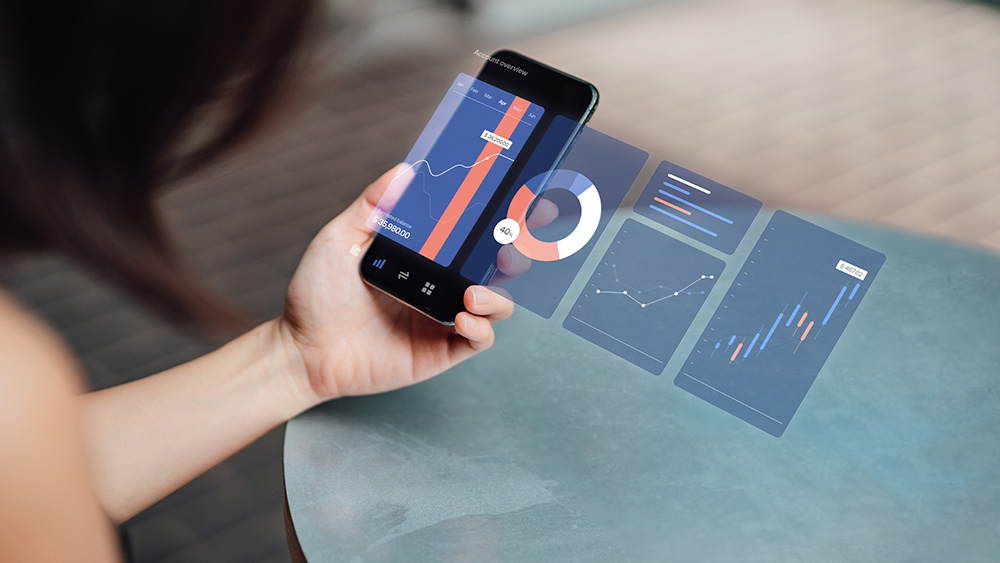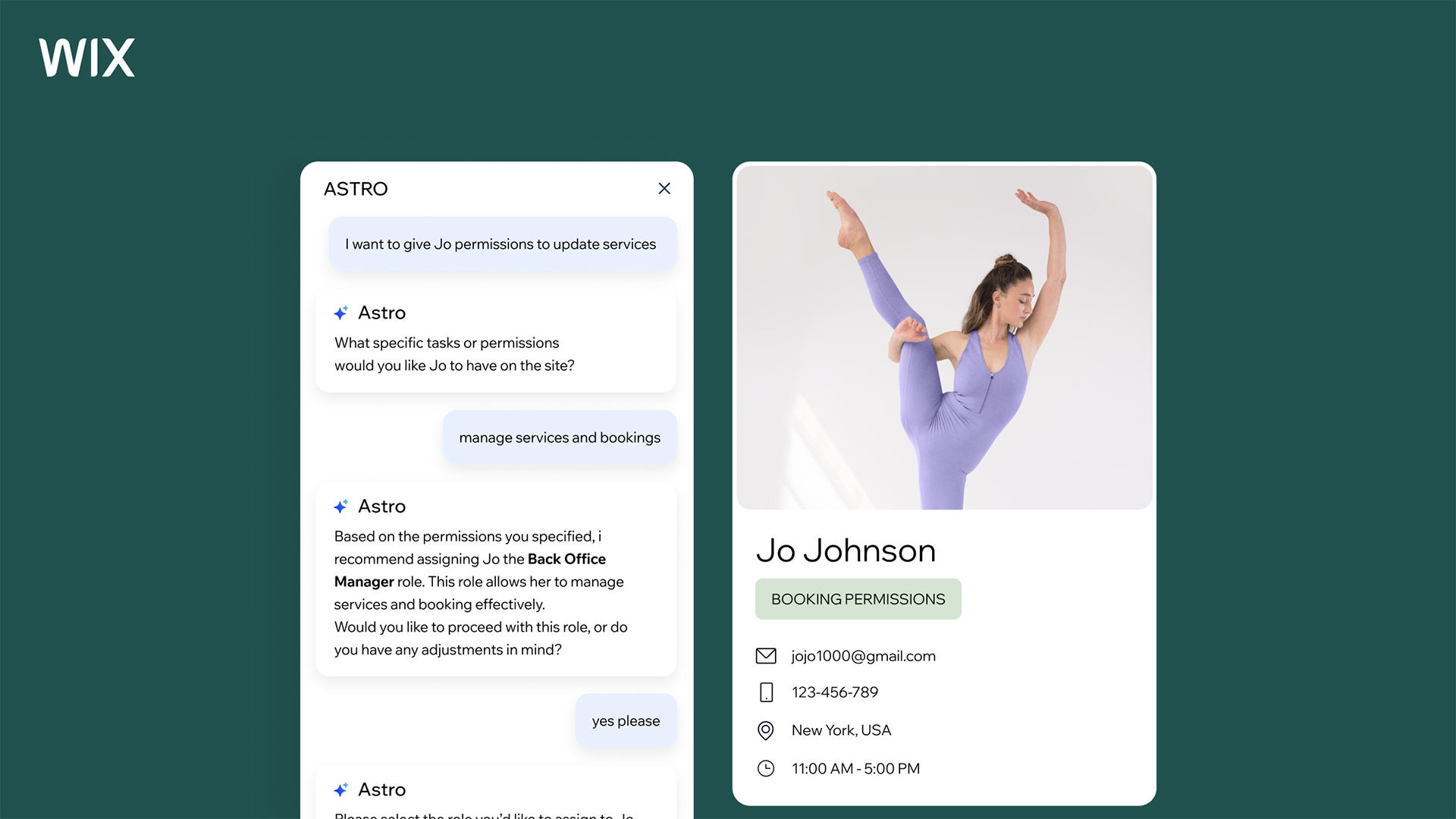
CX vs UX is one of the many questions that sometimes come up to add more confusion to an already jargon-filled area of design. As if the interminable discussion about the differences between UI and UX weren't enough, there's now another source of debate: CX vs UX. If UX already refers to the customer experience with a product, what is CX, and do we really need another term?
The issue of CX vs UX largely partly arose because of the growing confusion between UI and UX, with the latter often being used in a more limited sense than what was originally intended. With many people using the term UX to refer to UI, CX has stepped in to take over some of UX's original meaning, but there are differences between CX vs UX too. We'll take a close look below, but remember that you can learn all about CX, UX and UI on our online UX design course, UX Design Foundations. Make sure you complete our quick two-minute survey for a chance to win a place on the course.
CX vs UX: why the difference?

UX, or user experience, design was originally intended to refer to the design of the entire experience that a user has with a product or service, from start to finish across every touchpoint. In reality, though, it began to be used with a much more narrow meaning, focusing on the customer's interaction with the product itself. This led to its frequent confusion with user interface design, which focuses on the visual and tactile features of the user's experience with a product (usually a digital one such as an app or website – see our guide to UI vs UX).
With many companies now using the terms UI and UX almost interchangeably, it got to the point that many see UX as too limiting a term to describe a customer's entire experience with a company (see why Google's Abigail Posner prefers the term 'human' to 'user'). CX therefore emerged as a term that would refer to that broader experience.
UX design is about making the use of a product practical and enjoyable – to make it pleasant andeasy to complete a particular task, for example. It's not restricted to digital experiences, but it is often considered that way, with UX designers often working on websites and apps.
CX vs UX: What is CX?
The term UX was initially used to refer to all of a user’s interactions with an organisation, but its interpretation has often become limited over time, now usually used to refer to the user experience with one particular product (and it's often used almost synonymously with UI, or user interface). CX aims to put the focus back on the consumer's whole experience of a brand. Thus CX design covers all of the different touchpoints in the customer journey, seeking to improve satisfaction and loyalty along the way.
CX design is about creating an experience at the brand level. It's a holistic approach that might cover everything from interactions in physical stores or on telephone helplines as well as via digital means. There's another distinction too, since it recognises that the customer may not be the end user – for example, the customer may be buying products for someone else.
Get the Creative Bloq Newsletter
Daily design news, reviews, how-tos and more, as picked by the editors.
CX vs UX: how do they relate?

User Experience (UX) is generally understood today to be about users' interactions with a specific product and their experience of that interaction. It tends to measured by factors like success and error rates and time to complete a task. Customer Experience (CX), on the other hand, covers the longer-term experience across different products and touchpoints. That means it's often measured in more qualitative ways. It can be tested through commercial metrics such as conversions and SAT, but it's often also measured through interviews to find out things like a customer's likelihood to remain a customer or to recommend a brand to others.
In this sense, UX is one part of CX. Those who work in CX design aim to make the whole customer experience seamless. They try to understand the connection between different touchpoints and look for weak points that let that experience down. And part of that may be the UX of particular products.
CX vs UX in practical terms
In practical terms for designers, UX design and CX design can mean two different flows or journeys. A user flow or user journey is a good tool in both areas to allocate pain points since you can see where the user is having challenges. It can be used to map the design interventions needed to create a solution.
A CX flow looks at the broader context all the way from a customer's initial consideration – or even prior to their initial consideration of a product – to post purchase and post usage (which could include referring other people to a product.) A CX designer wants to understand all the interactions that take place along that journey.
UX design comes in when we zoom in a bit more and focus on the use of individual products. UX designers want to know when are people engaging with a products – at what time during the day? How are people using it? Are other people using the product with them? What does that look like?
Very generally, CX designers tend to come from a marketing background and UX designers from visual design but also psychology or other areas of the humanities. The former focus on improving overall customer service and creating a stronger brand, while UX designers tend to focus on the experience of a specific product – which of course contributes to the customer experience. Ultimately, however, it can benefit both sides to have a good understanding of each discipline.

Learn everything you need to know about CX, UX and UI by enrolling on our online UX design foundations course today.
Read more:

Joe is a regular freelance journalist and editor at Creative Bloq. He writes news, features and buying guides and keeps track of the best equipment and software for creatives, from video editing programs to monitors and accessories. A veteran news writer and photographer, he now works as a project manager at the London and Buenos Aires-based design, production and branding agency Hermana Creatives. There he manages a team of designers, photographers and video editors who specialise in producing visual content and design assets for the hospitality sector. He also dances Argentine tango.
